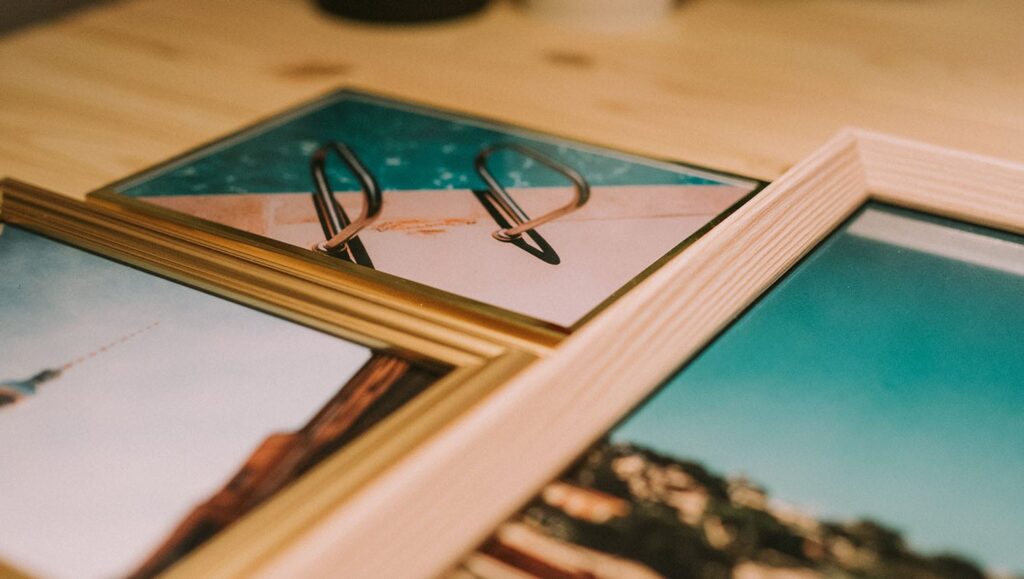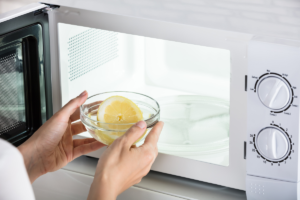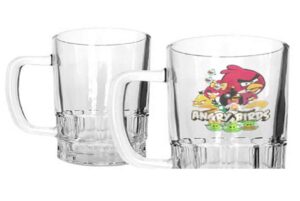Museum glass is designed to protect artwork from UV light and other environmental factors. But is it worth the extra cost? We take a look at the pros and cons to help you decide.
What is museum glass?
Museum glass is a type of picture framing glass that is supposed to reduce the amount of glare on your artwork. It is also supposed to filter out about 99% of harmful ultraviolet light rays. This filtering action is important because it helps to protect your artwork from fading.
What are the benefits of museum glass?
Museum glass is a low-reflective glass that is virtually invisible. It also offers UV protection to keep your artwork or collectibles from fading. If you are framing valuable or one-of-a-kind items, museum glass is definitely worth the investment.
Does museum glass protect against fading?
Museum glass is a type of Conservation Grade glazing that blocks out up to 99% of harmful ultraviolet light rays. This can help to protect your artwork, photographs, or other memorabilia from fading due to sun damage. In addition, museum glass can also reduce the amount of glare from indoor lighting, making it easier to enjoy your display items.
While museum glass is not completely shatter-proof, it is much more resistant to breakage than regular glass. This makes it a good choice for displays that will be located in high-traffic areas or where small children are present.
The biggest downside to museum glass is the cost. It is typically several times more expensive than regular glazing, so you will need to weigh the benefits against the cost before making a decision.
Does museum glass protect against UV rays?
Museum glass is specially treated to protect against ultraviolet (UV) radiation. This treatment helps to slow down the fading process caused by exposure to UV rays. Museum glass also eliminates glare, which can be a problem with framed artwork that is displayed in bright light.
There are other types of glass that offer UV protection, but museum glass is considered the best option for protecting against fading and glare. It is more expensive than other types of glass, but it is worth the investment if you want to protect your artwork from damage.
Does museum glass protect against humidity?
Museum glass is worth it if you are serious about protecting your artwork from humidity. Depending on the level of humidity protection you need, museum glass can be quite expensive. If you are only concerned with protecting your artwork from light damage, UV glass is a more affordable option.
Does museum glass protect against insects?
Museum glass is known for its clarity and UV protection, but does it also protect against insects? The short answer is yes! Museum glass is treated with a chemical that makes it invisible to insects, so they will not be attracted to your artwork.
Does museum glass protect against dust?
Museum glass is worth it if you are looking for the highest level of protection against dust, dirt, and other airborne contaminants. Museum glass is made of a high-quality glass that has been treated with an anti-reflective coating. This coating helps to reduce the amount of light that is reflected off the surface of the glass, which can help to protect your artwork or photographs from fading.
How much does museum glass cost?
Museum glass is one of the most popular choices for framing valuable artwork, but it can be one of the most expensive options as well. On average, museum glass costs between $25 and $50 per sheet, depending on the size and thickness of the glass.












